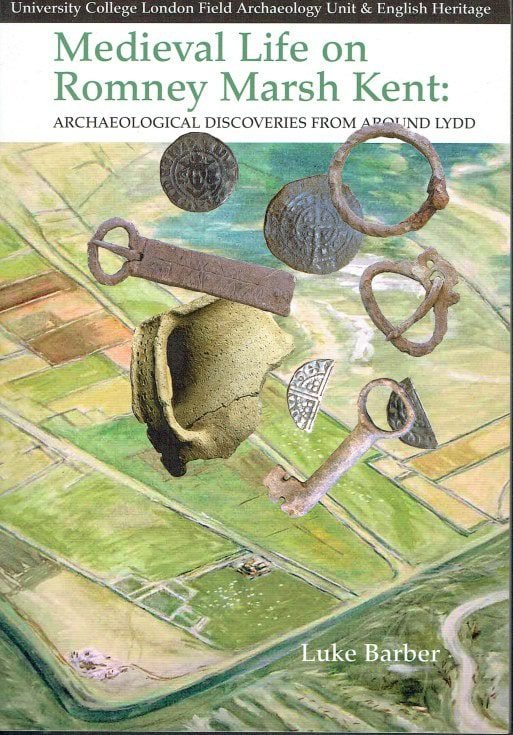Have you ever wondered what secrets lie beneath the ancient pathways of biblical towns? Recent archaeological findings have unveiled an extraordinary gateway to a biblical town, revealing sophisticated ancient defense systems that provide a window into human ingenuity and historical resilience. This discovery not only sheds light on the biblical narratives that have shaped cultures over millennia but also enhances our understanding of ancient engineering and security strategies.
Discovery Context
Biblical Reference and Historical Background
The site of this remarkable discovery is nestled in the geographical landscape of the Levant, where many biblical towns once flourished. In the annals of biblical texts, these towns are often depicted as centers of spiritual and political activity, with their defense systems symbolizing the constant threat of invasion. Such biblical narratives point to a period characterized by repeated conflicts and the need for robust fortifications.
Geographical Location and Recent Findings
Located in present-day Israel, the ancient town of Lachish plays an essential role in the biblical account, often noted for its strategic significance due to its key location along trade routes. Recent archaeological excavations have uncovered an outer gate complex at Lachish, dating back to the Judean Kingdom period around the 8th century BCE. The findings at this site, which include remnants of thick walls and defensive structures, have transformed our perception of ancient urban planning and military architecture.
Archaeological Evidence
Specific Artifacts and Dating Methods
Archaeologists have been meticulous in their excavation strategies, applying the latest scientific dating methods to ascertain the age and origin of the artifacts. Among the significant finds are iron weapons, pottery shards, and remains of wooden gates, all indicative of an era steeped in military preparedness. Radiocarbon dating of organic materials found within the layers of the site has confirmed the timeline, firmly placing it in the historically turbulent era of the Neo-Assyrian campaigns.
Physical Descriptions and Expert Interpretations
The intricate design of the gate complex—comprising multiple chambers and fortified walls—offers compelling insights into the strategic military thinking of ancient civilizations. Experts posit that this multilayered defense system was designed to slow down invaders, creating bottlenecks that would make enemy advances difficult. According to Dr. Jane Elwood, a leading archaeologist on the site, these findings reveal “an astonishing level of sophistication and adaptability, reinforcing our understanding of the ancient Judeans’ capacity for innovation.”
Overview Table of Key Findings
| Artifact Type | Age (BCE) | Cultural Significance |
|---|---|---|
| Iron Weapons | 8th century | Defense and military strategy |
| Pottery Shards | 8th century | Daily life and trade practices |
| Wooden Gate Remnants | 8th century | Engineering and craftsmanship |
Significance
Biblical Implications and Historical Impact
The biblical implications of these discoveries are profound. They offer tangible context to scriptural accounts, providing a physical dimension to the tales of sieges and conquests narrated in ancient texts. Historians suggest these findings corroborate descriptions of fortified cities in biblical chronicles, bridging the gap between religious history and empirical evidence.
Modern Understanding and Research Status
In contemporary scholarship, these findings prompt a reevaluation of longstanding hypotheses regarding ancient defense tactics. Scholarly debates have been invigorated, with researchers striving to understand the interplay between biblical narratives and archaeological evidence. Ongoing studies aim to unravel further layers of historical truth, enhancing our comprehension of this ancient civilization’s societal structures.
Conclusion
This gateway into history not only reaffirms the tales of biblical towns and their resilient inhabitants but also enriches the tapestry of human ingenuity documented through time. The ancient defense systems of Lachish stand as a testament to the strategic foresight and engineering prowess of our ancestors. As research continues, there remains an open invitation for the curious mind to ponder the mysteries still buried beneath the earth and to remain ever vigilant for the next discovery that might reshape our historical narratives.
In the grand tapestry of history, each find offers new threads to weave the interconnected stories of civilizations past and present. Stay informed and engage with archaeological discourse, as the field constantly evolves with each newly unearthed artifact. Let this be a reminder that our understanding of history is never static, but rather, it is an ever-changing journey that invites your active participation.






